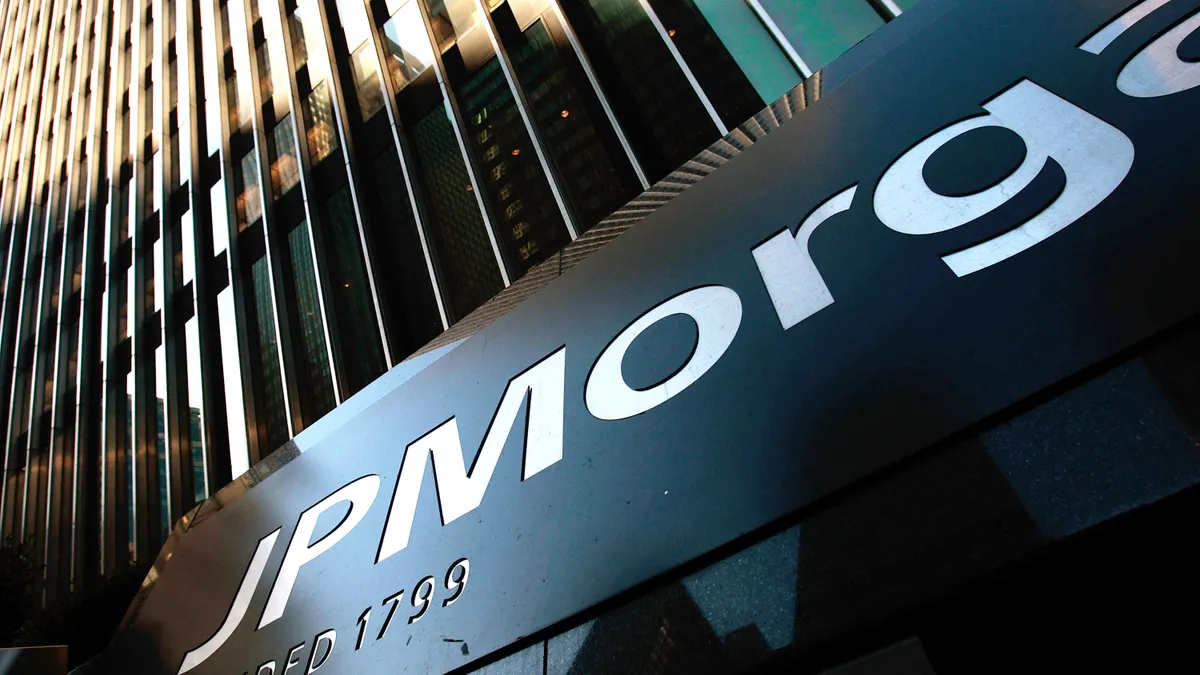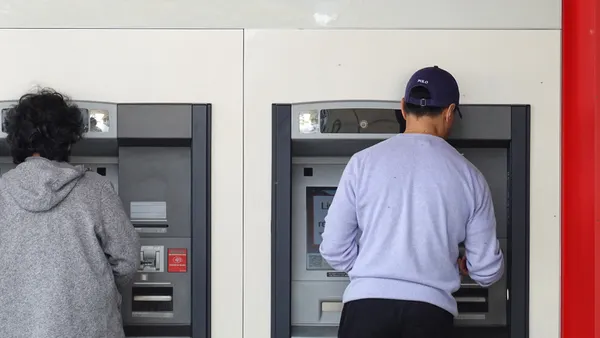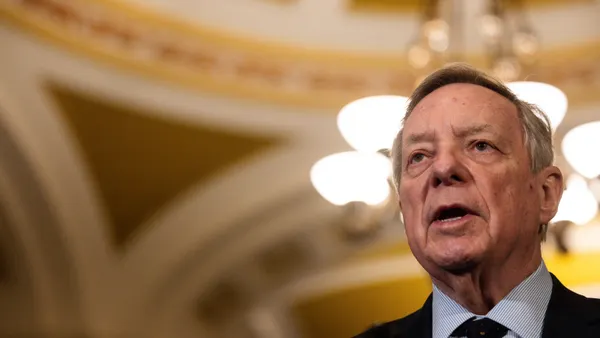Dive Brief:
- Paze, the digital wallet launched last year by Early Warning Services, has loaded 150 million debit and credit card accounts onto its nascent system, according to an EWS presentation at Nacha’s Smarter Faster Payments Conference. Now, those bank customer card holders can opt into the wallet if they’re interested in using it.
- More big banks are expected to link to Paze later this year, Early Warning’s Chief Partnership Officer Eric Hoffman said Sunday during a panel discussion at the conference. He spoke alongside Deva Annamalai, Fiserv’s head of client strategy and solutions for digital payments. The processor is partnering with EWS to attract more banks to offer the digital wallet to their customers for online purchases.
- With Fiserv, there is “exposure to thousands of banks,” Hoffman said in an interview after the panel discussion, explaining how additional banks will disclose working with Paze as they announce that the service is available to those banks’ customers.
Dive Insight:
The latest card count is up from 125 million cards connected last October. Early Warning Services has been eyeing the 150 million card goal for some time because the accounts belong to customers of EWS’s bank owners, but now it will set its sights higher, to add more card credentials.
As Fiserv helps bring its bank clients onto the Paze system, it will benefit from the increased transaction volume it processes through the digital wallet.
Scottsdale, Arizona-based Early Warning Services has been building the Paze system since at least 2022, with a slow roll-out to its bank owners since its launch last September.
The seven major banks that own EWS are Bank of America, Capital One, JPMorgan Chase, PNC Bank, Truist, U.S. Bank and Wells Fargo. Those EWS banks also developed the bank-to-bank payments system Zelle, which sent $1 trillion between users last year.
Paze got a lift last year after the arrival of a new leader, Serge Elkiner, who was tapped to become its general manager. Hoffman is also somewhat new to the project, having arrived just as Paze was launching last year. He’s bringing experience from his work as a business development executive for Apple Pay.
Some 70% of U.S. consumers don’t use a digital wallet so there is a broad opportunity to attract new users without having to do battle with some of the long-time rivals in the field, namely Apple Pay and PayPal, Hoffman said. “They may use their card on file (online), but they're not using digital wallets – this is the consumer that we're going after,” he explained.
Paze will be directed at consumers between 35 and 65 years-old who tend to be wealthy, and have been “protectionist” in their thinking about digital wallets, Hoffman said. This group has generally avoided using digital wallets so far, but they’re likely to sign up for Paze if it’s offered by their banks, just like they did with Zelle, he said.
“Consumers trust their banks – that’s what we’re hanging our hat on,” he said.
When asked why it’s taken so long to get the system rolled out, Hoffman suggested it was simply time spent developing the Paze technology. He conceded during the discussion that the Paze team is “still closing some technical gaps.”
He also noted that getting bank card issuers up and running with Paze at the same time EWS was trying to add merchants to the system was no easy task.
Merchants offering the Paze payment option to their customers so far include retailers Sephora and Fanatics. Hoffman expects Paze will also add more merchants to the online Paze shopping ecosystem later this year.












